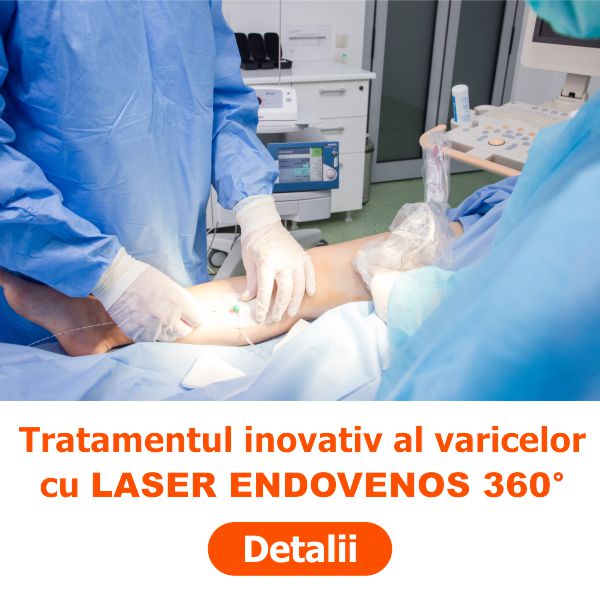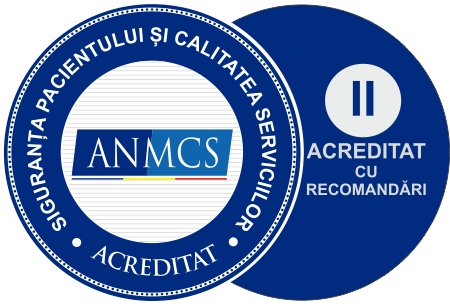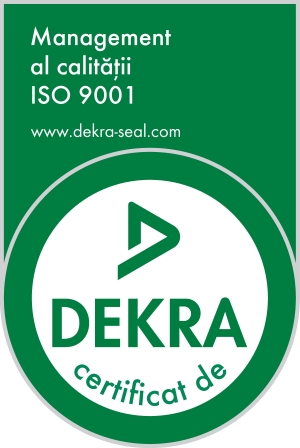Acne is a chronic inflammatory condition of the pilosebaceous follicle, located at the level of the face, neck, anterior thorax and back (posterior thorax), characterized through the appearance of non-inflammatory (microcomedones, open comedones, closed comedones) and inflammatory (papules, pustules, nodules) lesions.
During teenage, acne is more frequent in males, whereas during adulthood acne is more frequent in females.
Acne has a strong psychological and social impact, as it has an emotional (depression, anxiety, etc.), a psychological and a social impact (reducing interpersonal relations, etc.) especially in persons with treatment-resistant long-term acne.
The acne vulgaris diagnosis is generally clinically set, but it can also comprise:
- Evaluation of risk factors
- Diagnosis explorations:
– hormonal evaluation
– bacterial cultures.
The growth of cultures from the pathological products samples at the level of the skin lesions are only indicated in the absence of a treatment response or in the case of frequent relapses.
- The severity of the disease (mild, moderate, severe) is assessed depending on the number and type of lesions
- The assessment of the psychological and social impact by filling out the DLQI form.
The local treatment is a basic procedure in acne. This treatment is sufficient in approx. 60% of the patients.
Hormonal medication is recommended in women aged above 20, with mild to moderate acne vulgaris, and especially in severe cases, even the more so in the presence of certain clinical signs (e.g.: hirsutism). This therapy generally is combined with the application of local products.
The dermatological-cosmetic and surgical treatment consists of:
- surgical incisions and drainage of cyst; scar excision;
- non-ablative laser treatment in moderate severity acne;
- IPL treatment in moderate severity acne;
- chemical/abrasive peeling in mild and moderate acne.



